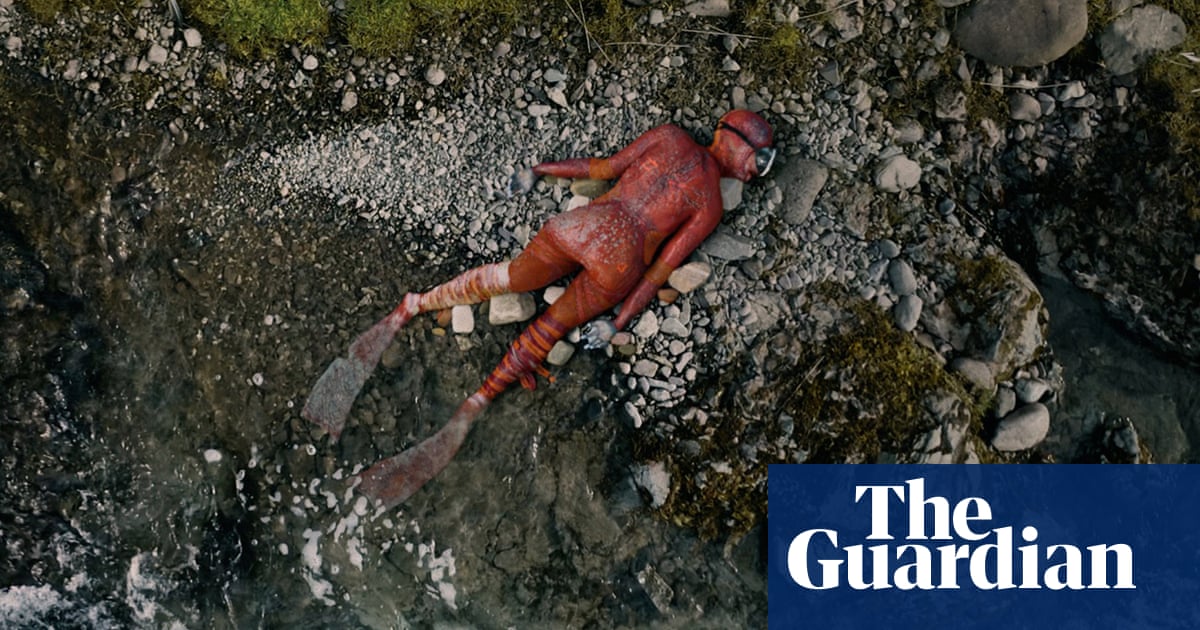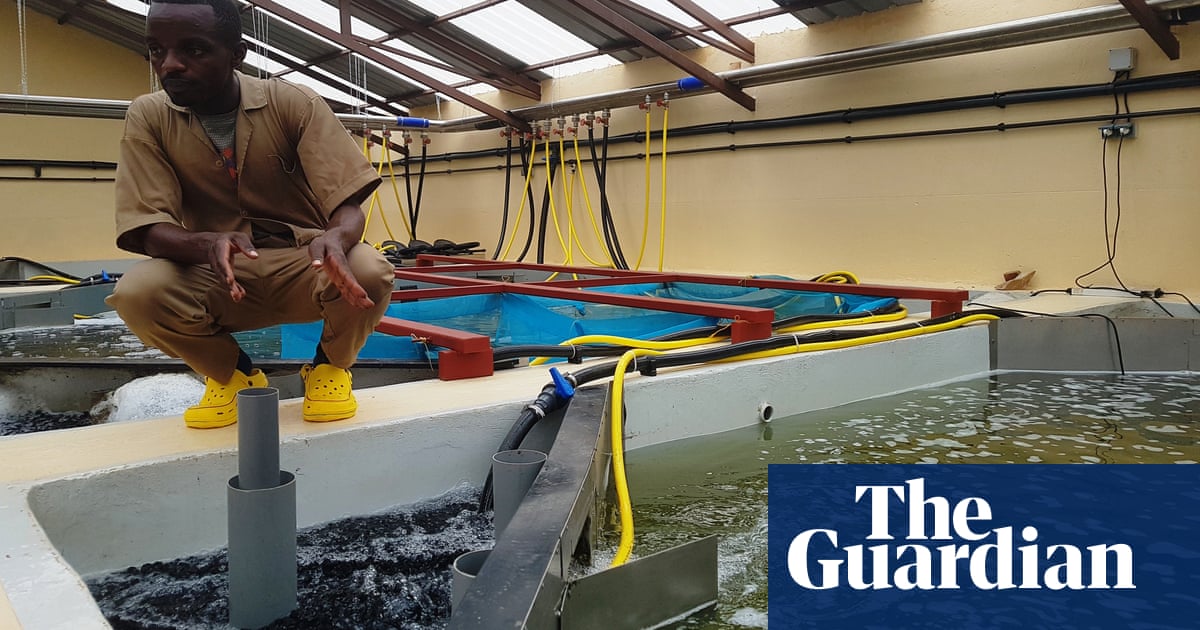
Every morning, hundreds of small white fishing boats dot the dark blue waters of Veracruz’s coastline on the Gulf of Mexico. Most of the crews, many of whose families have been fishing for generations, employ traditional methods – using nets to catch large numbers of fish, which then slowly asphyxiate once out of the water.
But a few of the fishermen are doing something different, using a technique that emerged in Japan several centuries ago. It is a method for slaughtering fish that emulates a process called ike jime, which is based on a simple scientific principle: the less trauma the fish experiences, the longer the flesh remains fresh.
Ike jime begins even before the fish is brought out of the water. It relies on manipulation, temperature and hygiene – three factors not usually much taken into account. Fish are caught selectively with hooks, not nets, and are always taken out of the water still alive so they can be tossed back in if they are not big enough.
Once the fish has been caught, a small knife is traditionally used to swiftly sever the brain from the spinal cord. After it has been paralysed, the fish is placed in iced water so that 80% to 90% of its blood is drained from its body. Experts say this is the most important step, as it is the blood that contains the notoriously fishy taste that contributes to a short shelf life.
The men in Veracruz who have started using techniques influenced by ike jime are part of the Nuestra Pesca project, an artisanal fishing collective started by a chef, Erik Guerrero. In 2015, Guerrero left his post as executive chef at a famous restaurant in Mexico City, Pujol, to return to his home state and open his own restaurant. But when he realised that the quality of the seafood he was getting was not staying fresh for more than a couple of days, he started investigating how he could acquire and distribute it himself.
Unlike large-scale industrial fishing, which prioritises quantity over quality, ike jime is a hands-on, time-consuming process that requires a scaled-back fishing operation. Whereas fishermen in Veracruz were once trapping fish in large nets, those who work with Nuestra Pesca now catch fewer fish and use a very sharp wire – a tool adopted instead of the traditional knife – to inspect each fish. If it meets Nuestra Pesca’s standards, they emulate ike jime by making a swift incision under its fins to begin draining its blood.
Using ike jime also means that, compared with industrial fishing, Guerrero’s team is reducing the number of fish they take. They apply many of the same principles of the farm-to-table movement, only consuming fish that are in season and avoiding larger, apex species – sharks, marlins, swordfish and others – that keep ocean ecosystems in balance.
Encouraging traditional fishing communities to switch from a model that promotes mass production to one that only takes what is needed has not been easy.
“Fishermen weren’t used to doing it this way,” says Guerrero, who started employing one boat and now manages more than 100 men. He had to convince each one to make the switch, and prove to them the worthiness of ike jime – something that does not happen overnight “when you have three or four generations who have been doing something a certain way”.
He says he feels for his crews, pointing out the frustration many felt in making the switch from net to hook. Once used to catching dozens of fish at the same time, they now might not catch more than one or two fish in 12 hours.
“It simply wouldn’t work if the product wasn’t incredible,” he says.
It is also the quality of the fish that allows Nuestra Pesca to stay in business since they can charge more for a kilo of ike jime fish than for catches using their old methods.
To evaluate the long-term effects of such a change in fishing methods, Nuestra Pesca has teamed up with scientists at the Veracruz University’s institute of fish and marine sciences. “It’s not the only place in the world that does this, but it’s a great case study,” says Dr Leo Ortiz-Lozano, one of the researchers, who specialises in the management and conservation of coastal zones.
Before Nuestra Pesca, he was not aware that ike jime was performed on fish, other than tuna, outside Japan. Now, he is passionate about how it has been adapted in Mexico: “It’s really our favourite project.”
Ortiz-Lozano enjoys how being friendlier to the fish is changing the use of resources. Everything is connected, he says.
“Fish are not normally considered within animal rights frameworks, but this is showing respect to the individual,” he says. “If fishermen do well, then the environment does well, and so does the consumer.”












